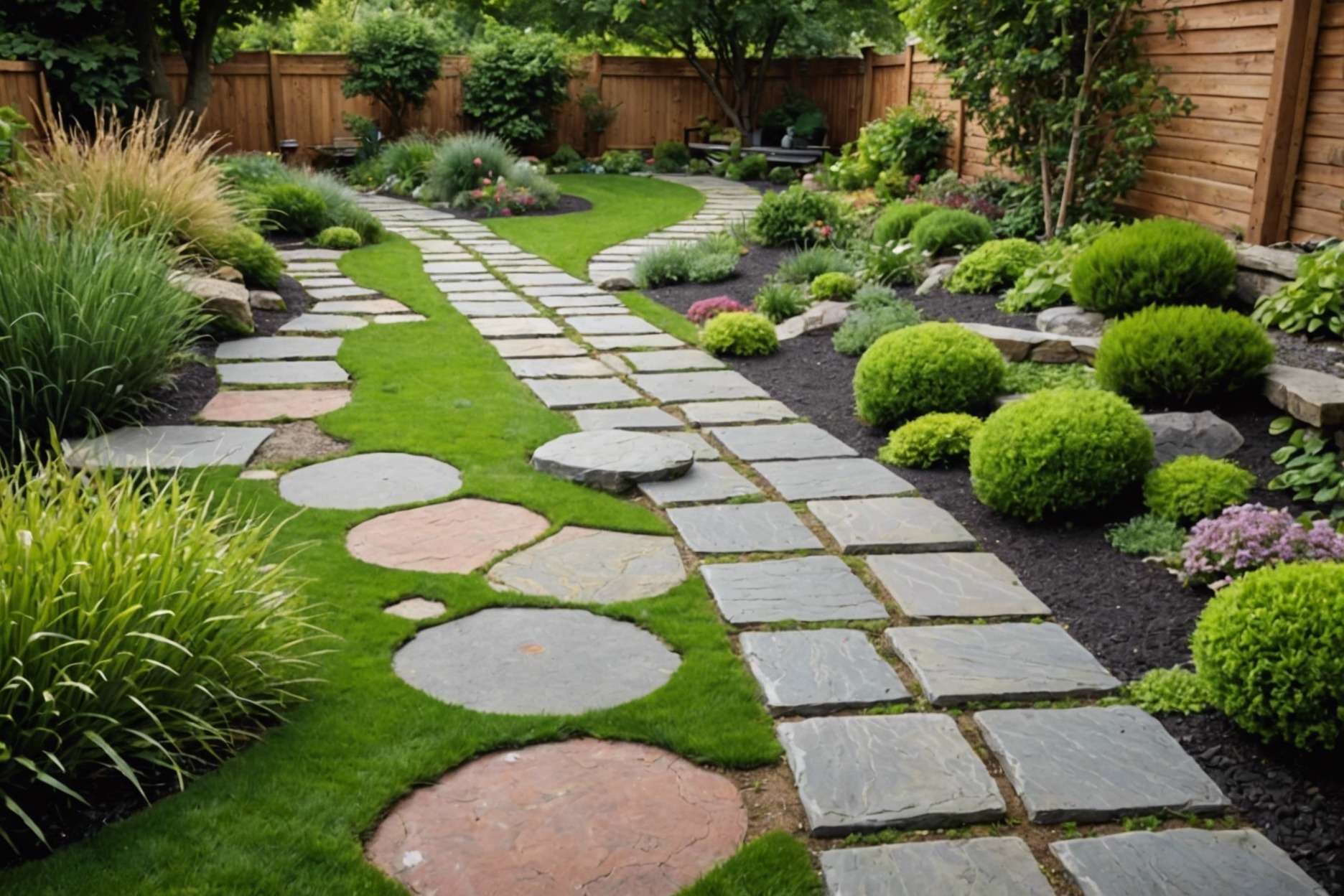Gardens have evolved from simple extensions of our homes to central elements of aesthetics and functionality. Pathwalk renovations are increasingly popular as homeowners aim to enhance their outdoor spaces. This blog post offers creative ideas and practical tips for transforming pathwalks, providing inspiration for homeowners and gardeners.
Understanding Your Space
Before embarking on a pathwalk renovation, it’s essential to understand the current state of your outdoor space. Begin by evaluating the condition of existing paths. Are they cracked or uneven? Do they complement the rest of your garden? Identifying these areas will help you prioritize which sections need the most attention.
Consider the overall layout of your garden. Does the current path design lead you naturally through the space? Or are there areas where a more intuitive flow could enhance the experience? Taking the time to assess your space thoroughly will ensure that your renovation efforts are well-directed.
Lastly, think about what you want to achieve with your pathwalk renovation. Are you looking to create a serene garden retreat, or do you need a practical way to traverse your yard? Having a clear vision will guide your design choices moving forward.
Design Inspiration
Once you’ve assessed your space, it’s time to find some design inspiration. Different styles can dramatically change the ambiance of your garden, so consider what fits best with your home’s architecture and your personal taste. Traditional cobblestone paths exude charm and timelessness, perfect for cottages or rustic homes. Meanwhile, sleek, modern designs featuring straight lines and geometric patterns suit contemporary settings.
Don’t be afraid to mix and match styles for a unique look. You might combine natural stone with wooden elements to create a balance between rustic and modern aesthetics. Consider adding features like curves and winding paths, which can introduce a sense of mystery and exploration.
Remember to take into account the surrounding landscape. The choice of plants and lighting will significantly influence the final look of your pathwalk. Integrating elements such as garden sculptures or water features can further enhance the visual appeal and make your pathwalk a focal point of your outdoor space.
Materials and Techniques
Choosing the right materials is crucial for a successful pathwalk renovation. Pavers and stones, including stone veneers like those available in Portland, are popular choices due to their durability and wide range of colors and patterns. Brick offers a classic look, while concrete can be versatile and affordable. For those interested in eco-friendliness, consider using recycled materials or permeable pavers that allow water to drain naturally.
Another important consideration is the technique used during installation. Hiring experts can ensure that the path is laid correctly, with proper drainage and stability. However, if you’re up for a challenge, DIY installation can be a rewarding project. Just make sure to research the best practices for laying each type of material to avoid common pitfalls.
Don’t overlook the small details that can make a big impact. Consider using edging materials to define the path and prevent grass from encroaching. Additionally, incorporating contrasting materials for borders or accents can provide a striking visual effect.
DIY vs. Professional Renovations
The decision between DIY and professional pathwalk renovations depends on your budget, skills, and available time. DIY projects can be cost-effective and offer a great sense of achievement. However, they require careful planning, and mistakes can be costly. Make sure you have the right tools and understand the steps involved before starting.
On the other hand, hiring a professional can save time and ensure a high-quality finish. Professionals bring experience and can offer creative solutions you might not have considered. While this option may be more expensive, it often results in a more durable and aesthetically pleasing outcome.
If you’re on a tight budget, consider a hybrid approach—handling some simpler tasks yourself while leaving complex installations to the experts. This compromise allows you to reduce costs without sacrificing quality.
Maintenance and Longevity
Once your pathwalk renovation is complete, maintaining it is key to ensuring its longevity. Regular cleaning and sealing of materials like stone and brick can protect against weathering and moss growth. Trim plants and grass along the edges to keep the path clear and neat.
Inspect your path regularly for signs of wear or damage. Address any issues promptly to avoid them becoming significant problems later on. Investing time in maintenance now can save you from more extensive repairs in the future.
Consider seasonal adjustments as well. Applying a non-slip coating can prevent accidents in icy conditions, while proper drainage will protect your path from rain damage. By taking these precautions, you’ll enjoy your beautiful pathwalk for many years to come.
Conclusion
Now that you have a better understanding of pathwalk renovations, it’s time to get started on transforming your outdoor space. Remember to assess your current space, find inspiration for design ideas, choose the right materials and techniques, and consider DIY vs. professional options. And don’t forget maintenance for longevity.
Keep an eye for more latest news & updates on USA Topic Network!




